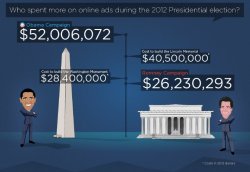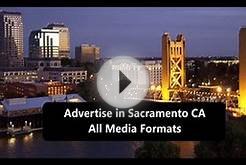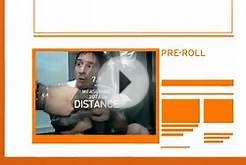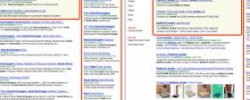Bots are ripping off advertisers in more ways than one. Not only are brands paying for fraudulent ad impressions, but they’re also finding bots are leading them astray in their efforts to reach real humans.
The problem is bots often behave better than humans. That is to say, if a campaign is trying to reach the goal of clicking an ad or spending time on a page, the bots will click more often and stay longer. The result: Agencies are left optimizing for bot behavior, not human actions.
“Something can look great, so more money is pushed that way, but you’re actually un-optimizing a digital plan based on robotic behavior, ” said Mediassociates vp of strategic planning, Ben Kunz. It’s as if, he said, “a jerk has just waved a magnet in front of your compass, sending you off course.”
Bot traffic has always been an issue in the world of online marketing. Google has been battling search-based click-fraud for years, for example. But as big brands up their investment in online display and video ads, they’re beginning to ask harder questions about who’s actually seeing their ads and why.
That’s forcing agencies to think more carefully about how much fraudulent traffic is costing them in media dollars but also about the effect it’s having on their data.
Bots are good at clicking on an ad and visiting an advertiser’s site, for example, but they don’t actually buy products and rarely carry out other more complex actions such as filling out forms. As a result, campaigns optimized towards sales or revenue tend to be safer than those with other, softer performance indicators.
“Campaigns with simpler or upper funnel ‘engagement’ metrics are more susceptible, ” said Marcus Pratt, director of insights and technology at Mediasmith.
An agency might have a client looking for cheap clicks, for example, and find pockets of inventory performing particularly well in unexpected site categories. In theory, it makes sense for the agency to revisit its media plan and to reallocate budget to that type of site. In reality, it might be doing so based on non-user behavior, but it has little way to know.
“This is not really a new story, but the latest advancements have made it more difficult to track, ” said Greg Fischer, director of media services at Swirl.
That’s because the nefarious actors that generate false traffic have become increasingly sophisticated, industry insiders say — so much so that agencies have little chance of identifying it even if they tried. Exchanges, networks and demand-side platforms are in a similar position.
“Unsophisticated bot traffic is easy to catch, but the sophisticated stuff is alarming, ” said Walter Knapp, chief operating officer of ad broker Federated Media. “It can mimic human behavior really effectively.”
That’s the problem for ad buyers, he explained. Manufacturers of false traffic intimately understand the performance indicators on which agencies are paid and know exactly how to game the system without making it obvious as a result. As Kuntz pointed out, that can lead to agencies tweaking campaigns and reallocating budgets based on completely false information, and they have little idea they’re doing so. Agencies are just following the numbers.
“The bad guys know an agency just wants to hit basic metrics, so they can easily fool the buyers, ” Knapp added. “As long as the buy-side folks are being pedestrian with their key performance indicators, it just lets the fraudsters get away with it.”
That doesn’t show signs of changing any time soon. Multiple vendors now offer solutions promising to fix the traffic-quality problem, but agencies remain skeptical that they can. The IAB recently gathered a “task force” to help tackle it, too, with representatives from across the online ad world. Kunz said the solution is for agencies to think extremely carefully about the metrics they optimize to.
It’s not an easy problem to fix. Even major tech companies such as Google are struggling to deal with it, despite its engineering chops. “It’s a constant arms race, and an industry-wide problem, ” the ad giant’s exchange chief, Scott Spencer told Digiday. “It’s a daily battle to try to stay one step ahead.”













